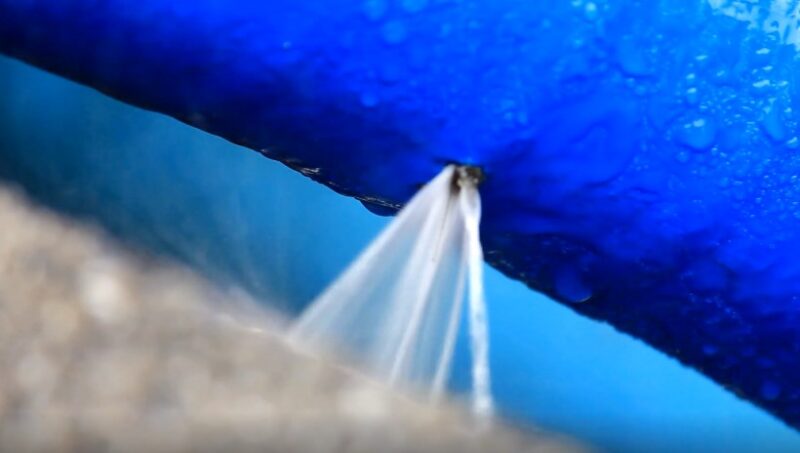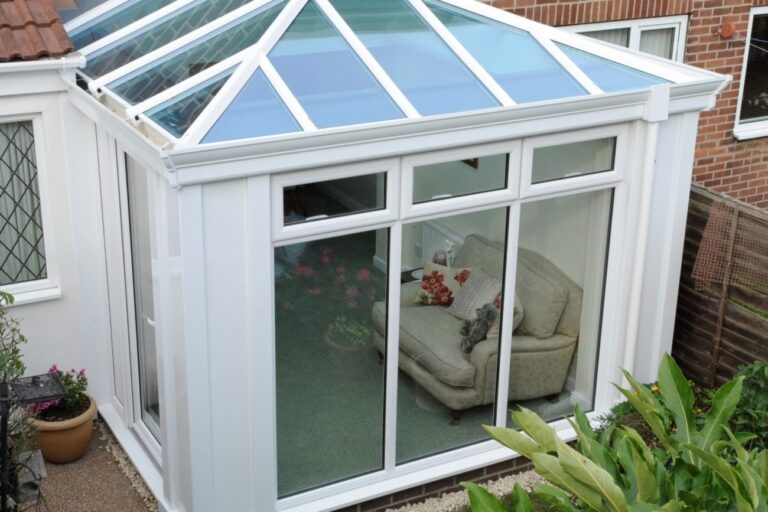Water damage is sneaky. It rarely makes a dramatic entrance—it seeps, trickles, pools quietly behind walls or under floorboards, and then sends you a bill in the thousands.
According to a 2023 survey, 23% of homeowners dealt with water damage, second only to wind and hail incidents. That’s nearly one in four people, each facing an average repair bill of $3,300. But here’s the thing: a big chunk of that damage is avoidable.
Whether you’re a longtime homeowner or you just bought your first place, protecting your space from water damage is one of the smartest investments you can make. The good news? It’s not complicated. It just takes consistency, attention to detail, and a little know-how.
Let’s walk through what you can actually do, outside and inside, to stop water from ruining your home and draining your bank account.
Fortify the Outside
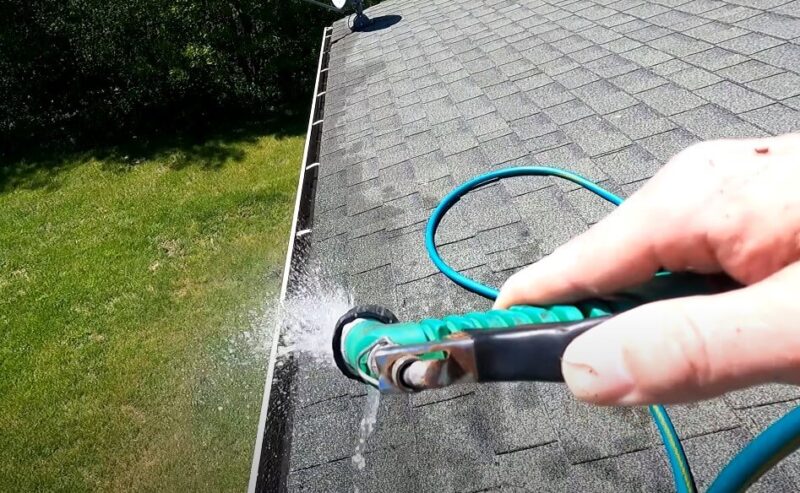
Your home’s exterior is its armor. If it’s in bad shape, water will find a way in. And once it’s in, it doesn’t leave quietly.
1. Clean Your Gutters Like It’s a Routine, Not a Chore
Gutters and downspouts are designed to route water away from your house. But when they’re full of leaves, sticks, or worse, that water spills over and collects right where you don’t want it—your foundation, your siding, your basement walls.
- When to do it: Twice a year—once in the spring, once in the fall. If you’ve got a lot of trees, maybe even more.
- What to watch for: Overflow during rain, sagging gutters, or water stains on siding.
Small tip, big payoff: Make sure downspouts extend at least 5–10 feet away from your house. Extensions are cheap, and they save you a fortune in potential foundation repairs.
Also, if you don’t feel like you can do the gutter cleaning job yourself, visit this site to hire a pro that can do it for you.
2. Inspect the Roof, Attic, and Chimney Before the Rain Does
Roofs don’t last forever. And you don’t always need a major storm for a problem to start—sometimes a few missing shingles are enough.
- Do a visual check: Look for curled, cracked, or missing shingles. If anything looks off, it probably is.
- Inside the attic: Water stains, mold, or even just a damp, musty smell are all signs of trouble.
- After a storm: Check again. Flying debris or hail can loosen things up fast.
Bonus: Flashing around chimneys and vents is often the first place leaks start. It’s easy to miss, so don’t.
3. Fix Your Yard’s Drainage Before It Floods Your Basement
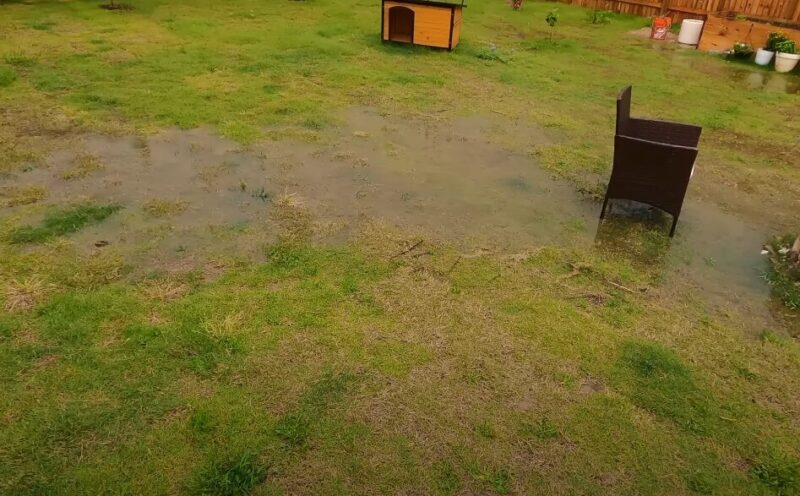
If water pools near your home after a heavy rain, you’ve got a drainage issue.
- What to look for: Standing water near your foundation, soggy spots that never seem to dry.
- Fixes that work: Regrading your yard, adding a French drain, or installing catch basins to redirect water.
4. Trees Are Beautiful. But Roots Don’t Care About Your Pipes
Tree roots will happily break into your sewer line if there’s even a small crack. And once they’re in? Backups, flooding, and a big plumbing bill.
- Trim trees so they’re at least 10 feet from your home.
- Remove large shrubs or trees growing too close to utility lines.
- If you have older plumbing, consider a sewer camera inspection every few years to check for intrusions.
Safeguard the Inside
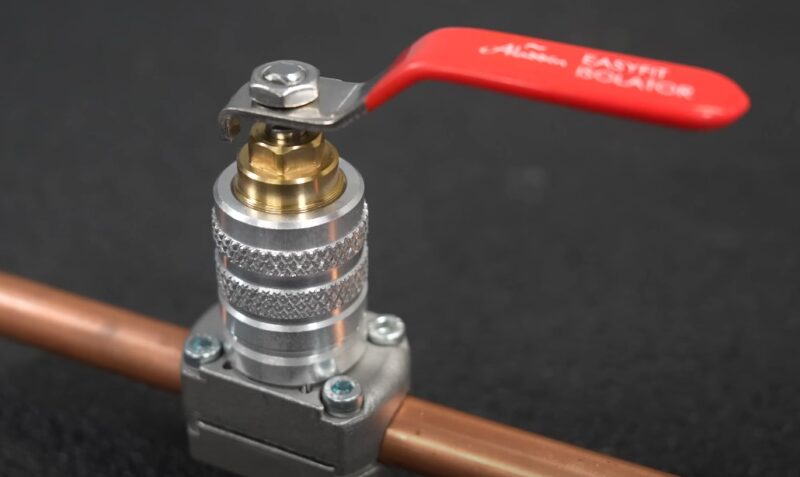
A lot of water damage starts inside the home—from aging pipes, leaky appliances, or even simple neglect.
5. Know Where Your Water Shut-Off Valve Is (and Label It)
You don’t want to be Googling “how to turn off water” while water pours from a burst pipe. Every second matters.
- Locate it now: It’s usually in the basement, garage, or utility closet.
- Label it clearly.
- Teach everyone in your house how to shut it off.
If you’re going away for a week or more? Turn it off before you leave.
6. Check Under Sinks and Behind Appliances Regularly
Not all leaks scream for attention. A slow drip under your kitchen sink can rot the cabinet floor before you even notice.
- Where to check: Behind your fridge, under sinks, near the washing machine, around toilets.
- What to look for: Musty smells, water stains, bubbling paint, or soft flooring.
- Replace hoses on appliances every 5 years, especially if they’re rubber.
Numbers don’t lie: A leaky faucet can waste over 3,000 gallons a year. That’s not just annoying—it’s expensive.
7. Wrap Your Pipes Before the Cold Sets In
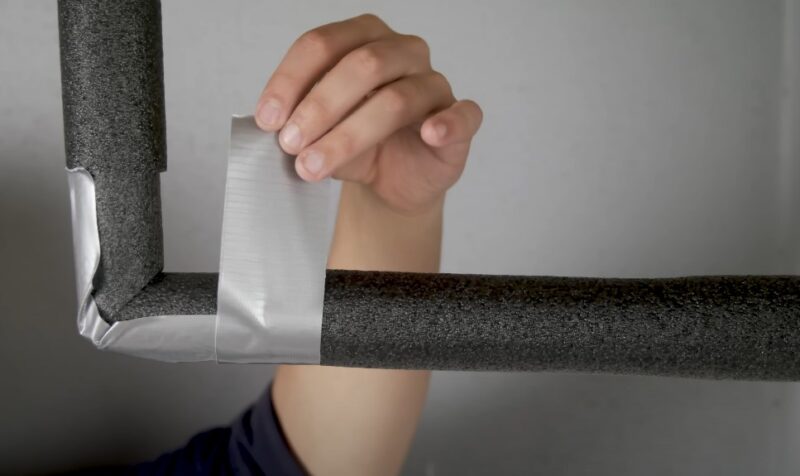
If you’ve ever dealt with a frozen pipe, you know how fast it can go from annoying to catastrophic.
- Insulate pipes in unheated areas—crawl spaces, attics, garages, exterior walls.
- On extra cold nights: Let a faucet drip and open cabinet doors under sinks to circulate warm air.
- Leaving town in winter? Shut off the water and drain the pipes if possible.
Costs to keep in mind: Replacing a burst pipe might run you $500 if you catch it early, but if it floods your living room? That bill jumps fast.
8. Let Smart Tech Do Some of the Work
Leak detectors have gotten smart—and they can seriously cut your risk.
- Place sensors near water heaters, dishwashers, washing machines, and toilets.
- Some models will send you phone alerts or even shut off the water automatically.
- Insurance bonus: Some providers offer discounts if you have leak detection installed.
They’re a small investment—especially compared to restoration costs after a water heater lets go.
Be Your Own Inspector
Staying on top of potential water issues is really just about being a bit more observant.
9. Watch Your Water Bill Like a Hawk
Unless you’ve installed a new pool, a sudden spike in your water usage usually means something’s leaking.
- Check monthly usage: Anything over 12,000 gallons for a family of four is a red flag (EPA).
- Try a test: Turn off all water in the house and check the water meter. If it moves, you’ve got a leak.
- Common hiding spots: Crawlspaces, sprinkler lines, under the slab.
One homeowner’s story: A $100 jump in the bill led to finding a hidden pipe leak in their basement wall. Caught early, it saved them thousands.
10. Keep an Eye on Water Pressure
Too much pressure isn’t just a problem for your shower—it can wreck your pipes.
- Ideal range: 45–55 PSI. Anything over 80–100 is risky.
- How to check: Buy a pressure gauge (about $15) and test an outdoor faucet.
- Install a pressure regulator if it’s too high.
If you hear banging when you turn off a tap, don’t ignore it—that’s a red flag for pressure issues.
11. Mold and Moisture Mean It’s Already Too Late
You don’t need to see water for there to be a problem.
- What to look for: Peeling paint, dark specks, musty smells, or condensation on windows.
- Where to look: Behind cabinets, in closets, around windows, and especially basements and attics.
- Fight back: Use a dehumidifier in humid areas and make sure bathrooms and kitchens are properly ventilated.
Once mold sets in, it’s not just a water problem—it’s a health risk and a major repair bill.
12. Winter-Proof Your Home Before It’s a Frozen Disaster
Frozen pipes are a top cause of water damage in colder climates, and most of it happens overnight when no one’s watching.
- Keep the heat on, even if you’re away (minimum 50°F or 10°C).
- Drain outdoor hoses and shut off external water lines before winter.
- Install a pressure release valve to help protect against freezing bursts.
Final Thoughts
Water damage isn’t always dramatic. Sometimes it starts with a trickle, a drip, or a single storm. But the aftermath can be anything from warped floors and moldy drywall to a flooded basement or collapsed ceiling.
The point here isn’t to make you paranoid. It’s to give you control.
Every tip here is doable—some in under an hour, many with just a few tools and a weekend afternoon. And the reward? A dry, safe home, peace of mind, and thousands of dollars saved down the line.
So check those gutters. Label that shut-off valve. Walk through your home with fresh eyes.
Because when it comes to water, a little prevention is worth more than any cleanup crew.
Related Posts:
- Server Downtime: Common Causes and How to Prevent Them
- What to Look for in Fitness Equipment to Enhance…
- Are Your Expensive Tech Gadgets Covered by Home…
- Top Carport Designs That Add Value and Style to Your Home
- How to Keep Your Home Clean Without Breaking the Bank
- How Data Security Protects Nursing Home Residents:…

